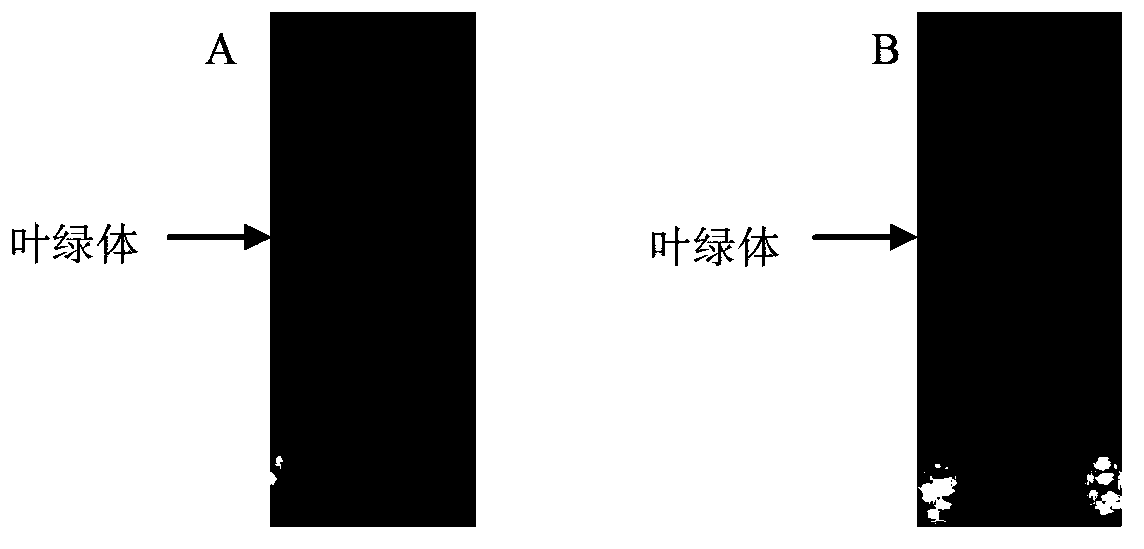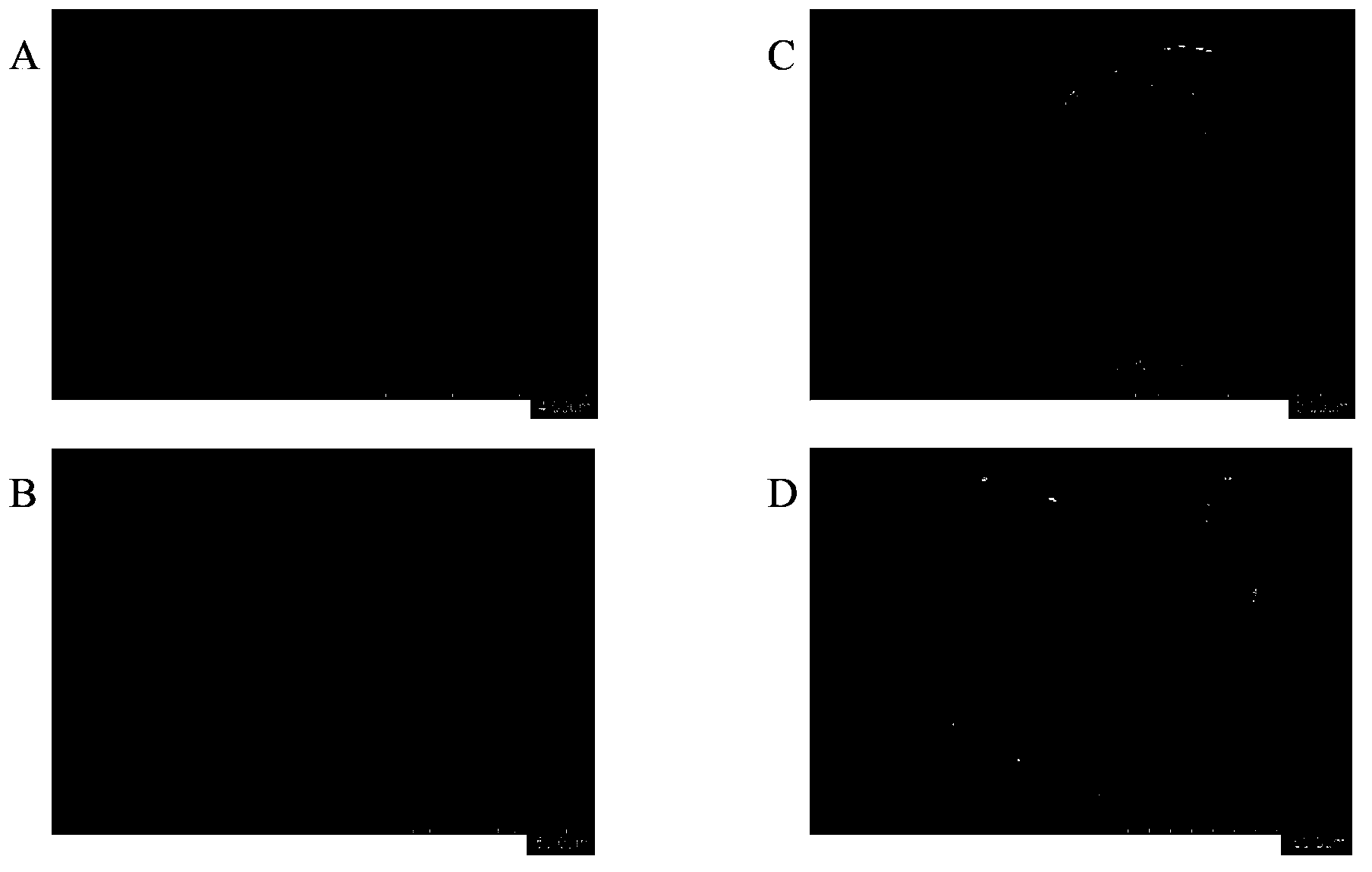Hydrogen production chlamydomonas chloroplast separation method
A technology for chloroplasts and hydrochlamydomonas, applied in the biological field, can solve problems such as difficulty in separation, and achieve the effects of time saving, high yield and simple steps
- Summary
- Abstract
- Description
- Claims
- Application Information
AI Technical Summary
Problems solved by technology
Method used
Image
Examples
Embodiment 1
[0056] Embodiment 1, the separation of Chlamydomonas chloroplast
[0057] 1. Culture of Chlamydomonas cells
[0058] Inoculate Chlamydomonas reinhardtii (Chlamydomonas reinhardtii) CC400 into a 100ml Erlenmeyer flask containing 30ml of normal TAP culture medium at a temperature of 25°C and a light intensity of 200μE·m -2 ·s -1 Cultivate in a shaker at 60rpm under continuous light for 24-36h. Collect the pre-cultured Chlamydomonas cells and inoculate them into 900ml of normal TAP culture medium with an initial concentration of 4×10 4 pcs / ml (OD 750 about 0.02); at a temperature of 25°C, the light intensity is 120μE·m -2 ·s -1 Under the conditions, the synchronous culture of "12h light: 12h dark" was carried out, co-cultured for 3 photoperiods, and Chlamydomonas cells were collected at 4-6h of the fourth photoperiod.
[0059] 2. Sulfur deficiency treatment induces hydrogen production reaction
[0060] 1. Centrifuge at 2500 rpm for 4 minutes at 25°C to collect the Chlamydo...
PUM
 Login to View More
Login to View More Abstract
Description
Claims
Application Information
 Login to View More
Login to View More - R&D
- Intellectual Property
- Life Sciences
- Materials
- Tech Scout
- Unparalleled Data Quality
- Higher Quality Content
- 60% Fewer Hallucinations
Browse by: Latest US Patents, China's latest patents, Technical Efficacy Thesaurus, Application Domain, Technology Topic, Popular Technical Reports.
© 2025 PatSnap. All rights reserved.Legal|Privacy policy|Modern Slavery Act Transparency Statement|Sitemap|About US| Contact US: help@patsnap.com



